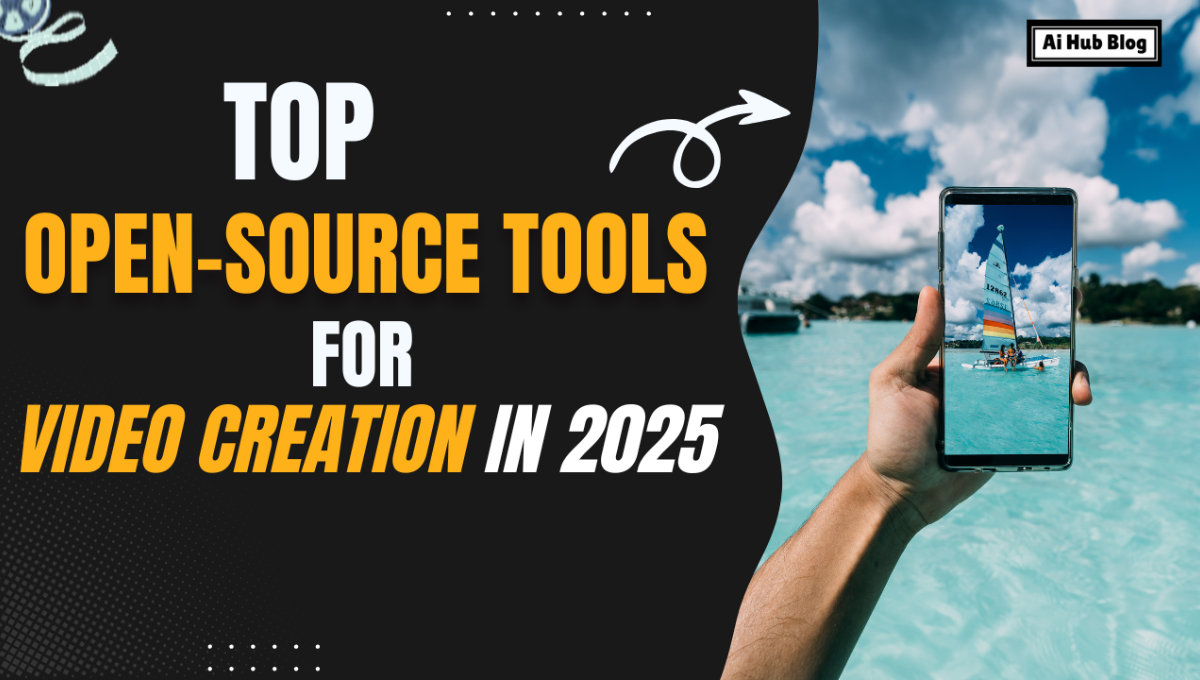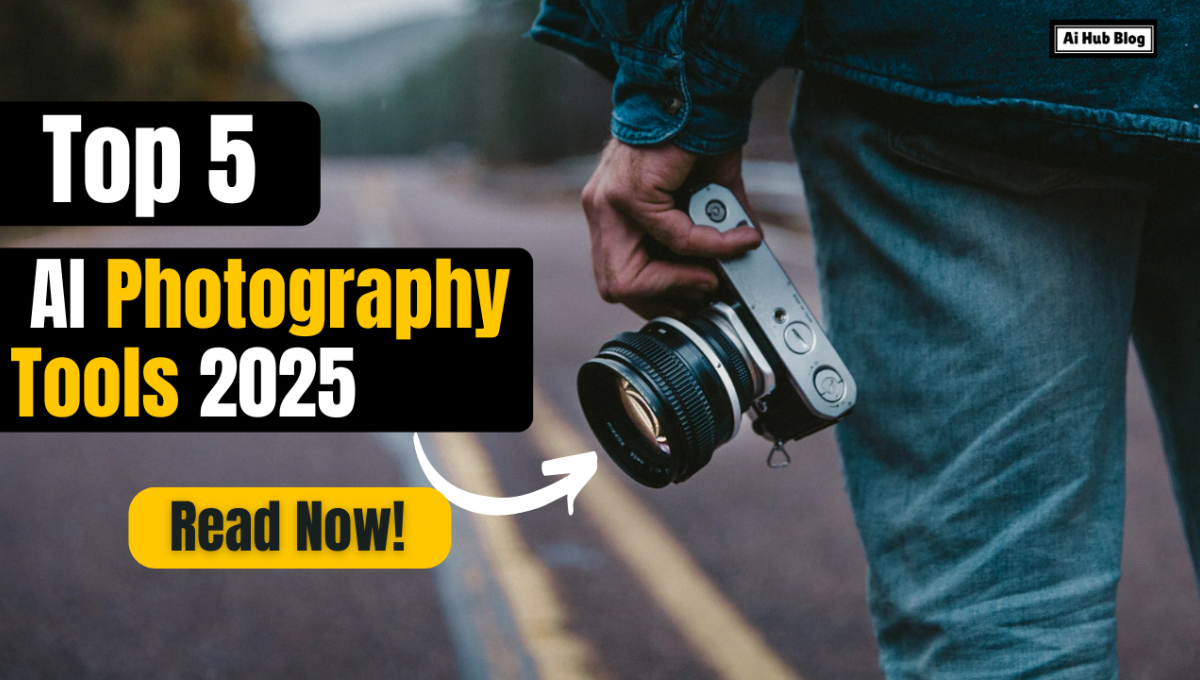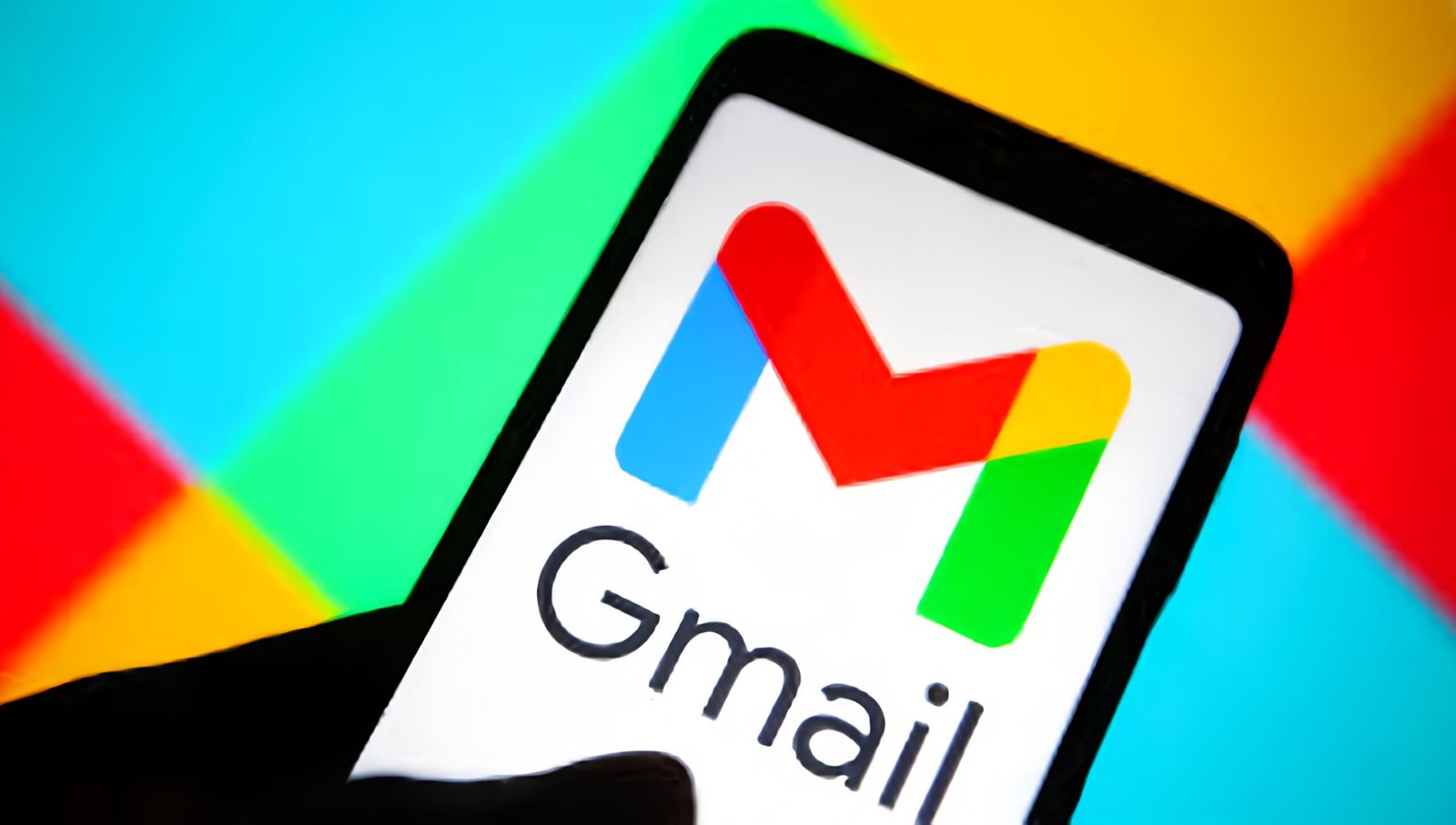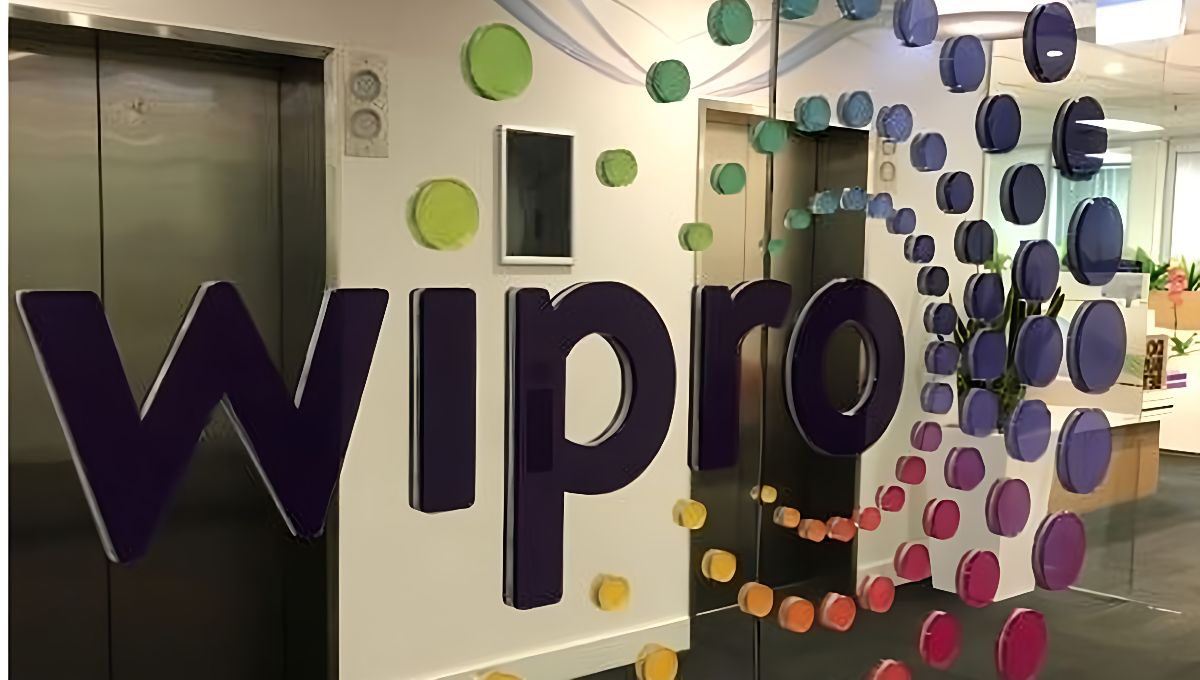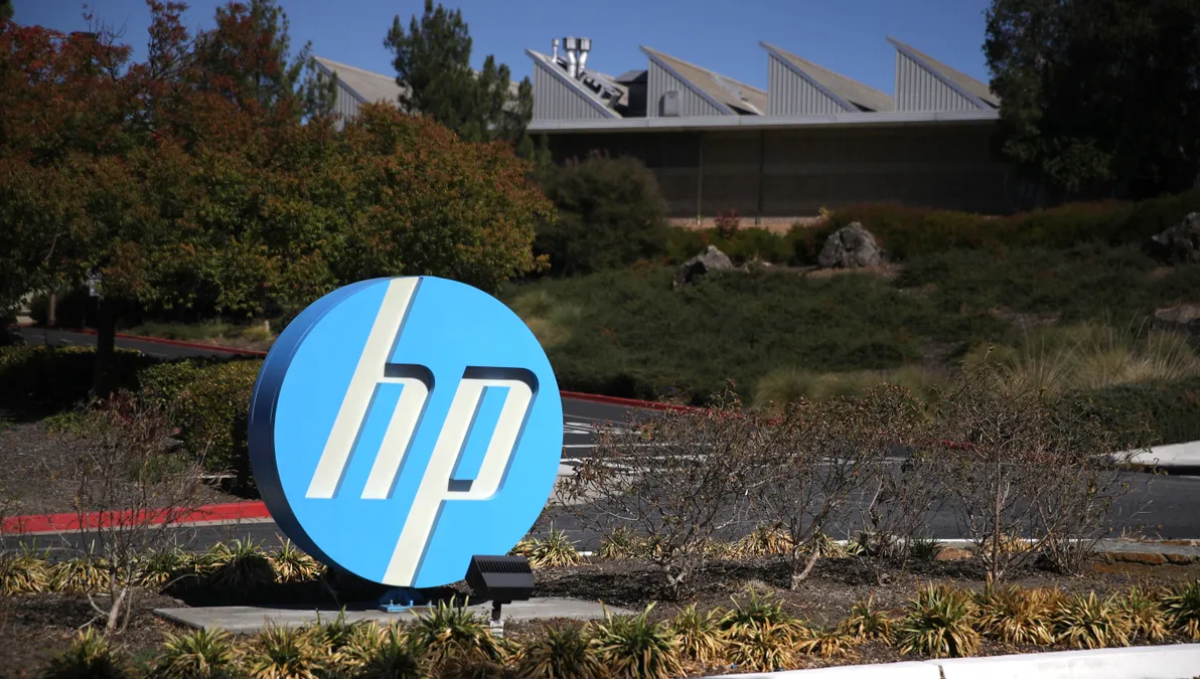Top Open-Source Video Creation Tools in 2025:
Open-source AI video tools in 2025 are transforming the way video content is made, removing old limits tied to money, hardware and expertise.
Free community-built models now deliver output that rivals commercial software, giving creators more control over how their ideas are shaped.
This growth in open-source AI signals a shift toward accessible, collaborative innovation in video production.
Artificial intelligence has redefined how videos are produced. Tasks that once required costly programs and hours of work can now be handled on an ordinary computer. By 2025, open-source video generators have become popular among developers, students and content creators. These tools are free, simple to operate and powerful enough to produce polished visuals.
LTXVideo by Lightricks
LTXVideo is designed for quick and straightforward video creation. It performs smoothly on standard hardware, making it ideal for everyday tasks. The tool is widely used for social clips, short projects and simple edits where fast results are needed.
Key points:
-
Supports text-to-video, image-to-video and video-to-video formats.
-
Runs on GPUs with 12 GB VRAM or higher.
-
Generates 24 fps videos at 768×512 resolution.
LTXVideo is a user-friendly, open-source tool built to help users finish projects faster without losing quality.
Open-Sora
Open-Sora is a full open-source video generation model that gives complete access to its internal architecture. The system uses a 3D autoencoder capable of handling motion and lighting together, allowing it to create balanced, realistic video clips.
Key points:
-
Supports text-to-video and image-to-video generation.
-
Produces up to 15-second clips at 720p resolution.
-
Designed for research, experimentation and creative learning.
Students and developers often use Open-Sora to understand video generation systems or to build their own customized models.
Mochi 1 by Genmo
Mochi 1 by Genmo is known for producing highly detailed and accurate short videos. With a 10-billion-parameter design, the model generates clips that clearly match the user’s instructions while maintaining realistic motion and fine detail.
Key points:
-
Uses a specialized system that boosts clarity and generation speed.
-
Creates 5.4-second clips at 30 fps and 480p resolution.
-
Can be trained with personal video samples for improved results.
Mochi 1 is open-source and is often used for concept testing, short creative ideas and visual research projects.
HunyuanVideo by Tencent
HunyuanVideo is a high-capacity open-source model that generates natural-looking videos with strong lighting, physics and motion consistency. The clips produced by HunyuanVideo appear smooth and lifelike, making it suitable for narrative content.
Key points:
-
Powered by 13 billion parameters for premium output quality.
-
Produces 15-second 720p clips at 24 fps.
-
Syncs visual movements with background audio for realism.
HunyuanVideo is used to create professional-quality scenes that require refined motion and cinematic visuals.
SkyReels V1 by Skywork AI
SkyReels V1 specializes in realistic human faces and lifelike movement. Trained on more than 10 million film and TV samples, it produces videos with convincing emotions and fluid body gestures.
Key points:
-
Generates 33 facial expressions and over 400 body movements.
-
Works with text-to-video and image-to-video creation.
-
Produces 12-second clips at 24 fps and 544×960 resolution.
SkyReels V1 is fully open-source and useful for content that requires strong human expression, such as short films, ads and animations.
Wan 2.1 by Alibaba
Wan 2.1 is a flexible model capable of generating and editing videos, images and audio. It supports both English and Chinese and performs well even on lower-powered devices. The tool produces fast results without compromising clarity.
Key points:
-
Handles text-to-video, image-to-video and video-to-audio tasks.
-
Creates either 12-second 720p clips or lighter 5-second 480p outputs.
-
Runs on systems with as little as 8 GB VRAM.
Wan 2.1 is ideal for multilingual content, quick production cycles and creative projects that need speed and efficiency.
UniVA: Universal Video Agent Framework
UniVA generates and edits videos using a collection of smaller agent systems. Each agent performs tasks such as scene building, tracking or editing, and UniVA combines the steps to assemble a complete video.
Key points:
-
Supports full video workflows instead of just short clips.
-
Handles scene organization and structured video construction.
-
Created as an open-source research-oriented framework.
UniVA is used for complex projects that require several stages of video creation and advanced editing logic.
Conclusion
Open-source video generators have made video creation accessible to everyone. Models like HunyuanVideo and SkyReels V1 bring realism and smooth movement, while systems such as Open-Sora and UniVA support structured planning and detailed editing. Mochi 1 and LTXVideo make creation faster, and Wan 2.1 provides flexible options for different languages and devices.
Today, anyone can turn ideas into high-quality videos without expensive software or complicated tools. In 2025, open-source video technology has become a creative playground where any concept can be turned into a compelling visual story.
FAQs
1. What makes open-source AI video tools popular among creators in 2025?
They are free, customizable and capable of producing cinematic-quality visuals without paid software.
2. Can AI video generators replace traditional editing tools?
AI can automate heavy editing tasks, but human storytelling and creative decisions remain essential.
3. What hardware is needed for AI video generation?
Most models work on GPUs with at least 12 GB VRAM, while more powerful GPUs offer faster results.
4. How do open-source models differ from paid video AI tools?
Open-source models offer freedom and full access, while paid platforms impose fees and usage limits.
5. What are the main uses of AI video generation in 2025?
They are used for ads, short films, social media content, rapid prototyping and visual storytelling.
Also Read:
Google’s new AI converts LinkedIn profiles into stunning infographics — here’s how it works.
Sam Altman admits Google is ahead of OpenAI in the AI race, but only for now
